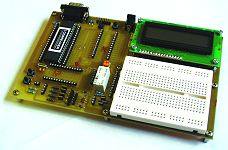
A real-time PIC In-Circuit Emulator, programmer, debugger and development system! ICEBreaker combines Microchip's MPLAB development software with the advanced self-debugging features of the latest PIC microcontrollers. In-Circuit Debugging (ICD) is a new development system which is incorporated into the latest devices, and permits code development & debugging under PC control until the system is running as required.
The EPE ICEBreaker is intended as an easy introduction to ICD with very simple demonstration programs, but it is also a powerful debugger and development unit in its own right. A solderless breadboard area allows external discrete interface circuitry to be refined, and the entire unit is assembled on a high-quality printed circuit board. The ICEBreaker will become an indispensable tool for learning, development and testing of PIC projects.
Note that this is a commercial design and a high-quality kit with Windows software and pre-programmed chip is available from Magenta Electronics. Source code is not available.
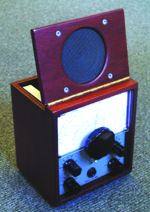
![]() High Performance
Regenerative Receiver (Part 1)
High Performance
Regenerative Receiver (Part 1)
"Retro" in looks only, we proudly present this beautifully-designed
and constructed regenerative radio receiver which covers 130kHz to 30MHz
global broadcast and amateur bands. It will receive stations from all
around the world. The modern FET circuit has optional varicap tuning plus
an audio power amplifier stage. A 9-pin D-plug is used as a receptacle
for plug-in tuning coils.
Part 2 next month deals with construction and setting up. Be sure not to miss out on this excellent design which opens up the wonderful world of radiobroadcasting for everyone.
![]() In June
2000's issue (P.468) we reported that some examples of the 2N3819 f.e.t.
performed badly or not at all. The author advised that this could be cured
by increasing R5 to 15k.
In June
2000's issue (P.468) we reported that some examples of the 2N3819 f.e.t.
performed badly or not at all. The author advised that this could be cured
by increasing R5 to 15k.
In Jan. 2001 issue (P.31), note that on P.301 April 2000 issue, the main
receiver printed circuit board copper foil (Fig. 5) as shown: all the
leadout pads for the dual-gate MOSFET (TR3) are connected together by
the circular track just above the p.c.b. # number, which shorts out all
TR3's pins and stops it operating. To remedy this, the thin copper circle
should be cut away (e.g. with a blade), and the thicker tracks can be
trimmed back to the first sodler pads if you wish.
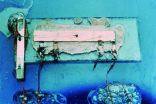
Our fascinating and thoroughly researched series on the technological developments of the 20th Century (while we're still in it), looks at calculation - starting with the abacus and then a myriad of mathematical monoliths, then the valve (vacuum tube) and the first semiconductors. Did you know the biro ballpoint pen was invented in 1938, the l.e.d. was patented in 1939 and Velcro was patented in 1955? Read all this and more in our captivating series!
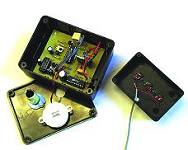
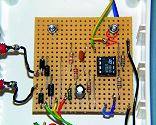
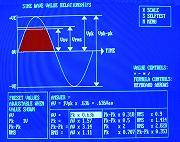
![]() Teach-In
2000 (5) - Waveforms, Frequency and Time
Teach-In
2000 (5) - Waveforms, Frequency and Time
Our highly-regarded tutorial series enters its fifth part and now our
free interactive Teach-In software really starts to show what it's made
of! This month our Teach-In tutor lays bare a variety of waveforms for
all to see. Sinewaves are examined in detail, and we build a real live
Analogue to Digital Converter (ADC) on a breadboard,and hook it up to
your PC for further analysis!
You learn by seeing and doing, with our unique mixture of practical and theoretical educational material. An invaluable and unique foundation in electronics, with free interactive software!
Also in the March 2000 issue: New Technology Update on magnetic memories; Circuit Surgery uncovers more on op.amps, including an op.amp selector chart; Practically Speaking offers the novice's guide to resistors and potentiometers and Ingenuity Unlimited shows off more readers' circuit ideas.